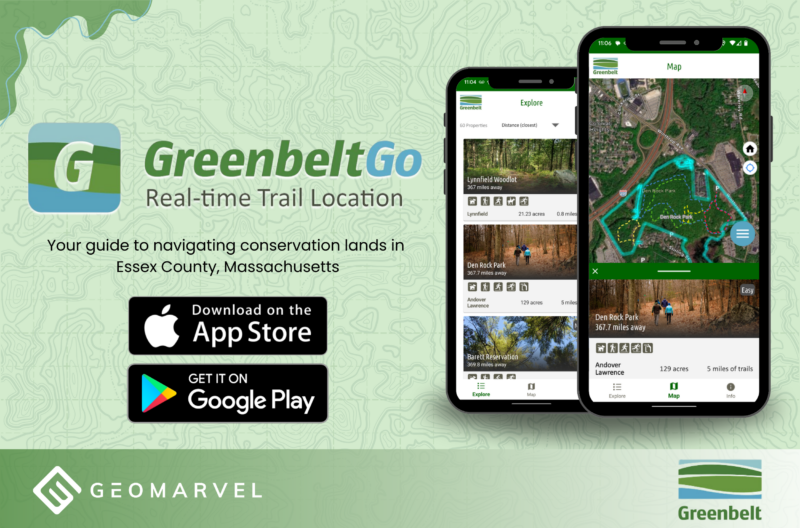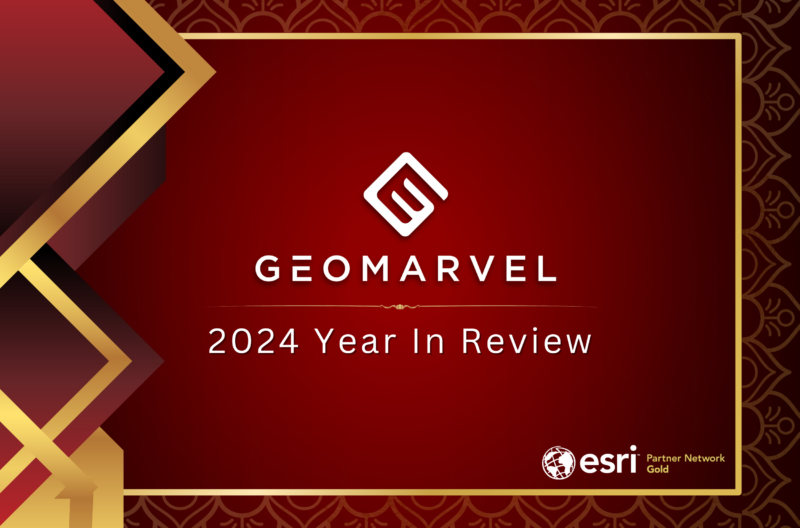As defined by the Food and Agriculture Organization of the United Nations, food security means “ensuring that all people at all times have both physical and economic access to the basic food that they need.”
Agricultural limitations, due to an increased population density, are contributing to the spread of food deserts. Food deserts are defined as impoverished areas with limited access to fresh affordable food. GIS is helping examine the spatial links and threats to food sources in a given environment, which is beginning to part the fog for clearer identification of food deserts around the world.
Food security can be threatened by three main factors
- Availability of food in local environments
- Effects of climate change on agriculture and resources
- The active planning, development, and management of food production on existing lands
Geospatial analysis of food availability in a given area can shed light upon food deserts to help develop strategic plans for the future. Leveraging GIS for food security means we can monitor land cover changes, and local food environments to visualize potential threats over time and plan accordingly.
On a larger scale, leveraging GIS technologies to analyze satellite imagery can help track climate changes, monitor rainfall, and keep tabs on soil fertility to reveal potential for food shortages in a given area. Primary data analysis techniques include quantitative values for observed rainfall, image analysis, and time analysis to track changes. It’s more difficult to make large-scale strategic moves without the insight that GIS brings to the table.
GIS has become a tool of growing importance in the efforts to better understand the relationships between food availability, agricultural lands, and the effects of climate change on agriculture production. A rooted understanding of these relationships is key to improve sustainable practices, and to adequately plan for threats on food security. Proper strategies for existing farmlands, in addition to evolving production practices, can secure food supply on global levels.
GIS for Food Security in Northern Ghana
Ongoing food security issues occur in Northern Ghana each year, as annual flooding devastates the community and severely impacts local farmers. But geospatial intelligence is bringing this community together to combat these annual threats.
By incorporating a variety of mapped features, a 3D model can be created that enables all community members to partake in this important discussion regarding food security issues in their community. Key features mapped include physical, administrative, environmental, cultural, socio-economic, and territorial factors.
The resulting 3D map empowers communities in development planning surrounding perennial flooding issues, and consequential long drought periods. GIS models are essential aspects in the sustainable development of regions like Northern Ghana.
Explore GIEWS – The Global Information and Early Warning System on Food and Agriculture

Monitoring major food crop conditions to assess future production, GIEWS presents worldwide remote sensing data. By leveraging remote sensing data, these maps provide essential insight into the water availability and vegetation health of regions around the world. Rainfall estimates, Normalized Difference Vegetation Index (NDVI), GIEWS, and FAO’s CBC Division have developed the Agricultural Stress Index (ASI) to identify agricultural areas likely affected by dry spells or drought.
GIS maps and remote sensing data are changing the landscape of monitoring the food security of the planet. Valuable geospatial insight is shifting our predictive models and enabling us to strategize against food insecurity.
Get Support
Maps bring data to life, providing a new perspective on everyday challenges. Contact our GIS experts to start a conversation about your data. Discover the possibilities when you view your data from a new angle.



